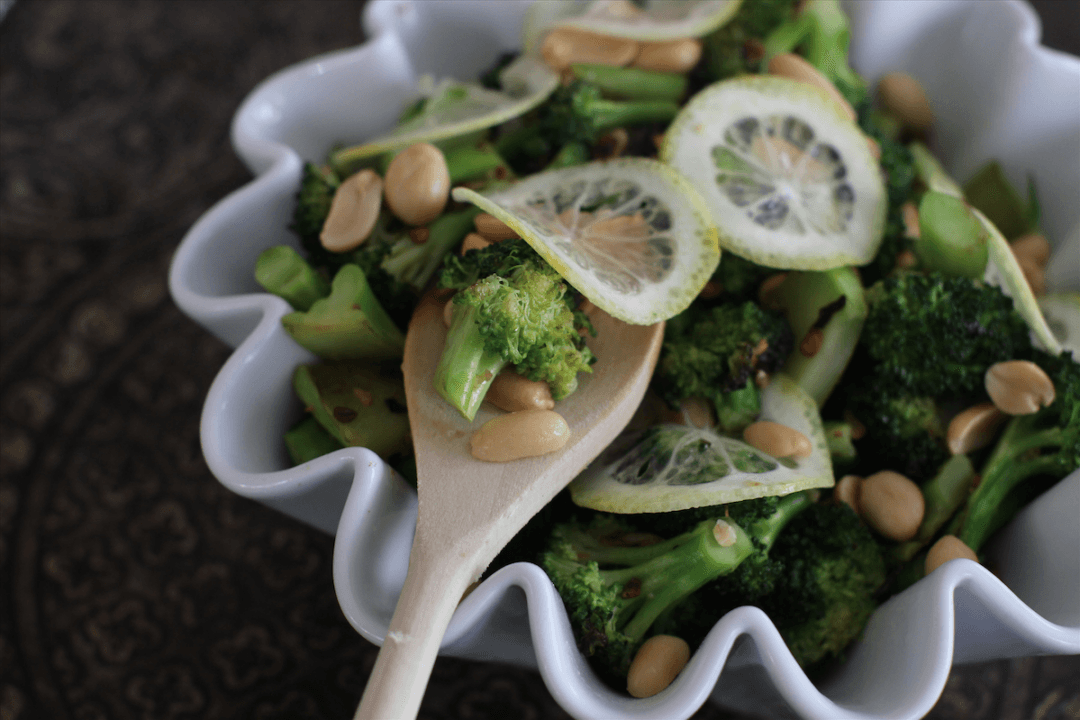Over the years, I’ve developed a simple system for processing the hundreds of cookbooks that cross my desk every year. It’s the six-pile process.
Pile No. 1 is where the books get stacked as soon as they are delivered. There they await consideration. Pile No. 2—by far the largest—is the ain’t-gonna-happen pile. This is where the “5,000 Soup Recipes” and “Glorious Gluten-Free Sugar-Free Sprouted Vegan Raw Cooking” books (and so many, many less extreme others) land. From there, they are dispatched to a table at my son’s school where anyone can help themselves.
Pile No. 3 is the gonna-do-something stack. These are the books that merit attention in some way. Gabrielle Hamilton’s book inspired by her New York City restaurant, Prune, is a fine example. Ditto for Yotam Ottolenghi’s new ode to vegetables, “Plenty More.” These books get stories assigned.
Pile No. 4 is a step up from that. These are the books that are in the running for my end-of-year list of the best cookbooks of the year. At the moment, there are 17 books in this pile. Once the herd is culled, probably only about 10 or 12 will make the cut. I‘d give you some examples, but then I’d have to kill you.
Pile No. 5 is the interesting-but-probably-not-newsworthy-but-I'll-try-cooking-from-it-anyway stack. These are books that intrigue me, but unless they blow my mind when I get around to cooking from them probably won’t amount to much. Books from this pile sometimes move into Pile No. 3. Charles Phan’s “The Slanted Door” is a recent example, which made the move in part on the strength of the book’s cocktail recipes.
But today, I want to share the contents of a little known, and frankly kind of embarrassing pile—Pile No. 6: the books I didn’t want to like, but kind of did. These are books that either seemed too silly or too narrow or were created by a source with questionable credentials or just seemed to have too little mainstream appeal. And yet, the more I looked at them, the more I somehow liked them.
At the moment, Pile No. 6 has four residents. They are:
- “Will it Waffle?” by Daniel Shumski (Workman, 2014)
The title kind of says it all. It’s 53 recipes of strange things you can make in a waffle iron. I wanted to hate this book. Really. But I had to admit, I wanted to make the waffle iron crab cakes. And waffled tamale pie. And the waffled sweet-and-sour shrimp wontons. And the waffled onion rings. And the stuffing waffles (called stuffles). And the waffled chocolate-stuffed French toast. And the ... Well, you get the point.
This book clearly is all about the schtick, but amusingly so. I forgive it. And I'd also like to try the waffled sweet potato gnocchi ...
- “Cooking with Gochujang” by Naomi Imatome-Yun (Countryman Press, 2014)
The only thing I hate more than books with 5,000 soup recipes is books dedicated to single ingredients. They just don’t reflect the way people cook. But I let this one slip through because I love gochujang, an ingredient on the cusp of being discovered by the rest of America. And that’s a good thing.
Gochujang is a Korean chili paste that tastes like a blend of savory Japanese miso and spicy Sriracha sauce. In other words, it’s crazy delicious. And once people learn how to use it, they'll love it. Part of this book’s redeeming quality is that it doesn’t limit itself to Korean recipes. For example, it uses gochujang on a smoked salmon pizza, in a mayo for asparagus, and on grilled corn on the cob.
- “Bourbon and Bacon” by Morgan Murphy (Oxmoor house, 2014)
Recall what I said about single-ingredient books? Two-ingredient books aren’t much better. Unless those two ingredients happen to be bourbon and bacon. They do, after all, make everything better.
There are no mysteries about this book. The first half is dedicated to a primer on bourbon, followed by numerous recipes, most of them for cocktails, but also some sweet treats. The second half of the book is dedicated to America’s favorite meat, also with numerous recipes. This isn’t a book you'll cook from every day, but it sure will get you thinking about some lovely pairings.
- “How to Eataly” by Oscar Farinetti (and a host of big-wig chefs)
A cookbook inspired by a chain of Italian food halls? Doesn’t exactly scream out to me. But my assumption that it would be either a glorified advertisement for Eataly or an ode to all things Batali (as in Mario) and Bastianich (as in Joe and Lidia)—the guiding forces behind the halls—was wrong. It’s actually a quite nice guide to how to buy and cook Italian food, with a heft of respectable recipes tossed in.
Again, not a book you'll cook from regularly. But a lovely book for lovers of Italian food to salivate over.
From The Associated Press


